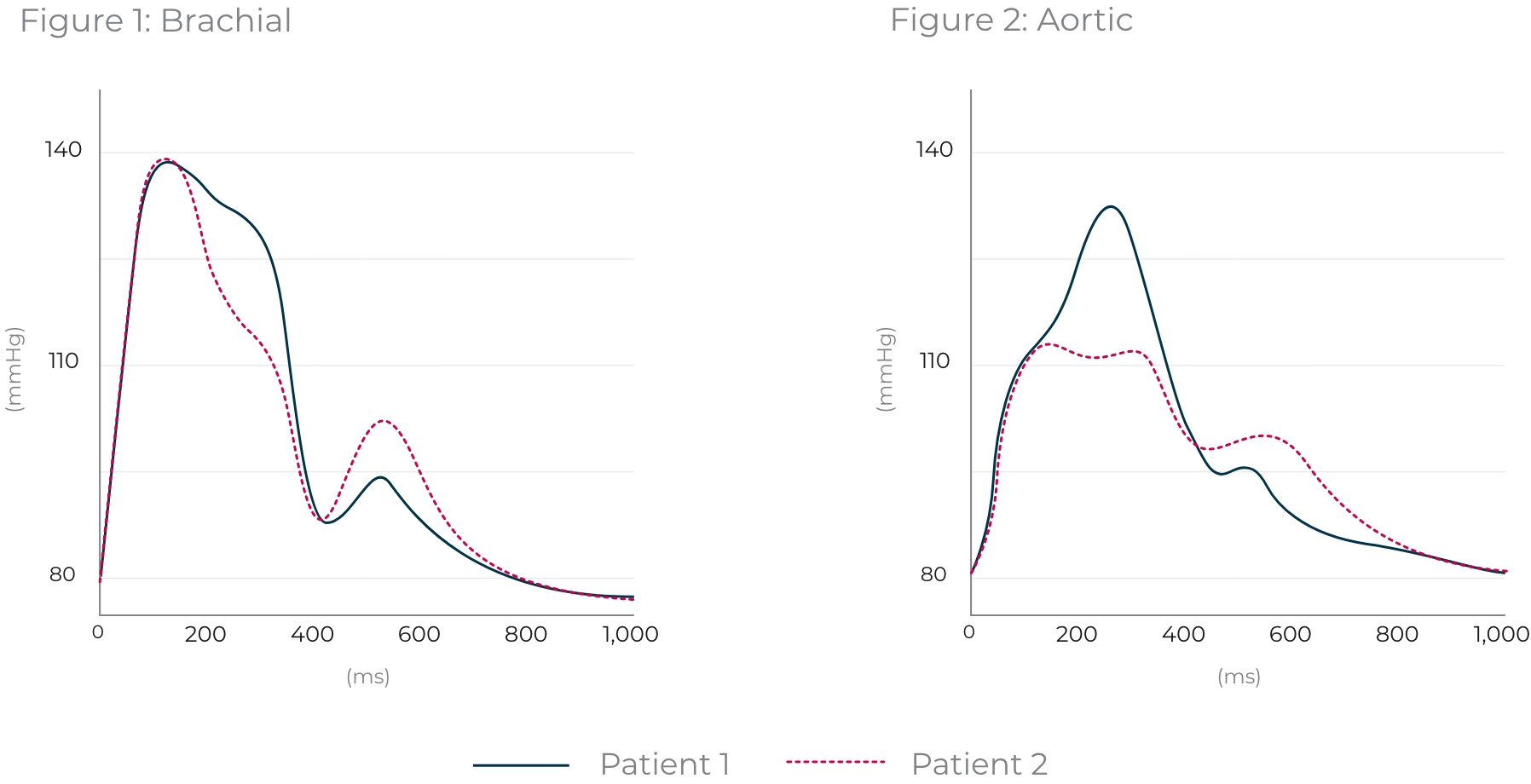Monitoring Digital Vascular Biomarkers Matters
ATCOR is a leader in the digital biomarkers of vascular disease.
Personalize Patient Care
- Optimize vascular health
- Monitor patients anywhere
- Signal critical vascular risk factors
ATCOR Medical Reimbursement Guide
Established by the AMA in 2016, the SphygmoCor® Pulse Wave Analysis (PWA) procedure coding is reported using the CPT® Code 93050 and outlined in the ATCOR Reimbursement Guide.
"You really can't practice good clinical medicine now without measuring central blood pressure. You can’t predict risk. You can’t predict goals. You can’t predict treatment. You don’t know how stiff the arteries

MD, MS, MSc, FACP, FAHA, FASH, FACN, ABAARM, FAARM, DABC
Director, Hypertension Institute, Nashville, TN
“I use SphygmoCor in my preventive cardiology practice—it’s an integral component of my cardiovascular risk assessment.”

MD, MS, FACC
Preventive Cardiology of New York, Somers, NY
Importance of Digital Vascular Biomarkers & Pulse Wave Analysis (PWA)
ATCOR’s SphygmoCor® XCEL PWA (pulse wave analysis) uses a standard brachial cuff to measure brachial systolic and diastolic pressures and capture a brachial waveform. The brachial waveform is then analyzed to provide a central aortic waveform. Noninvasive digital vascular biomarkers are calculated from the central aortic waveform.

Two patients with equivalent brachial pressures (Figure 1) but with significantly different central arterial pressure waveforms (Figure 2). The difference in waveform shapes, due to differences in arterial stiffness and the effects of wave reflections, affect the aortic but not the brachial systolic and pulse pressures.
ATCOR’s digital vascular biomarkers benefit patients everywhere
SphygmoCor at a Glance
All “Top 20 Hospitals” use SphygmoCor technology to measure central blood pressure (cBP)
1,400+ studies using the SphygmoCor technology have been published in peer-reviewed clinical publications.
8 out of Top 10 Pharma companies have used SphygmoCor technology in their clinical trials
Over 11,000 patients have been tested with SphygmoCor technology in pharmaceutical trials
Want to Learn More?
By submitting this form, you consent to our Privacy Policy and Terms & Conditions



